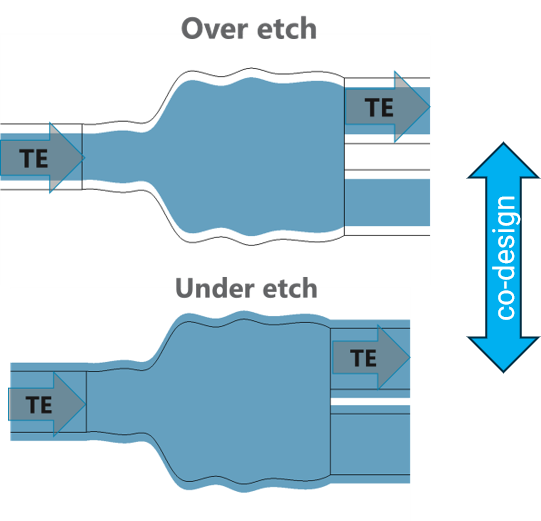
Step 3: 1D Traveling-Wave Laser Simulation The electric field is set to zero, which is a good approximation for the forward bias laser diode near and above the threshold. At the end of calculations, the results are scaled to represent the full number of QWs. In this case, calculations can be performed for a single QW to reduce simulation time. The MQW GUI is included in the main workflow in this example, while the MQW script commands method is included in the Appendix.ĭue to high barrier thickness, QWs can be considered uncoupled. In this case, it can be run either in FDE/FEEM (needed in the previous step) or INTERCONNECT (needed for the following step). MQW can also be used through script commands in which case it can be run from any product. MQW is a part of the multiphysics package (along with CHARGE, FEEM, and other products) and can be run within the FE-IDE environment with a graphical user interface.

This calculation is done using the FDE solver in MODE (this workflow) or using FEEM (detailed in the appendix). These are all calculated in the vicinity of the nominal target lasing frequency and are expected to be locally weakly frequency-dependent.

The first step is to calculate the optical mode profile and extract the effective index and group index of the fundamental (TE) mode as well as its confinement factor with respect to the gain medium. Links to laser examples with other types of cavities, such as DFB and DBR, are included as well as a list of other laser result types not shown here. Simulations can be performed at different temperatures. The simulations are isothermal, suitable for lower power or pulsed lasers without pronounced self-heating at high injection currents. The MQW solver is suitable for simulating material gain in III-V semiconductors with the zincblende crystal structure. The 1D TWLM laser model is suitable for simulating lasers with traveling-wave geometry, such as edge-emitting lasers. L-I curve and spectrum of the laser are calculated at different temperatures. Understand the simulation workflow and key resultsįDE (or FEEM), MQW, and INTERCONNECT (TWLM) are used to model a Fabry-Perot InGaAsP-InP MQW ridge laser using scripts.

We recommend upgrading the software to version 2021 R2.2 or later when testing this example. Calculated L-I curves and lasing frequencies at different temperatures are compared to results reported in the literature. In this example, we demonstrate a workflow for simulating the L-I curve of an InGaAsP-InP multiple-quantum-well (MQW) edge-emitting laser (EEL).


 0 kommentar(er)
0 kommentar(er)
